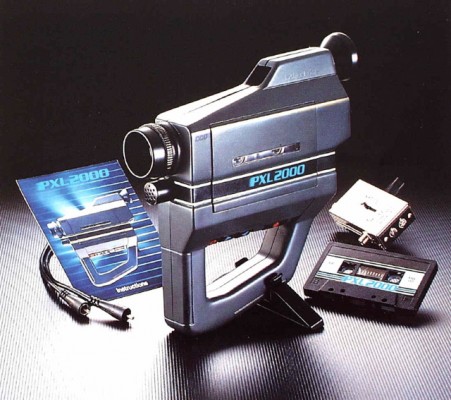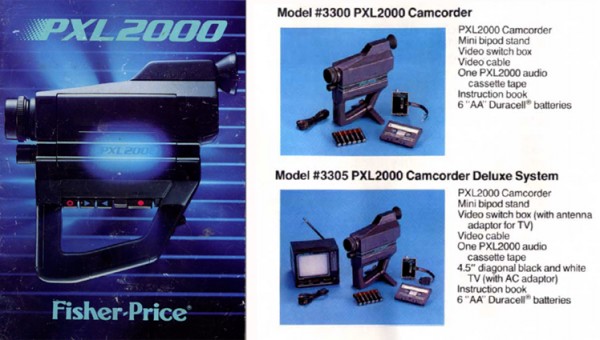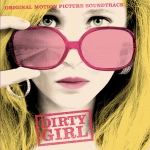
Given the nature of invention and innovation there are always going to be hits and misses. Not every piece of consumer electronics that has faded into obscurity or mockery has been necessarily bad, however. Sometimes technical flaws, entrenched competition, a prohibitive price point, or merely the fickle tastes of the public can result in the untimely death of an otherwise (for its time) brilliant piece of technology. We begin the Remembering Technology series with the PXL2000.
Growing up as I did in the 1980s, this is one of those products that sticks most in my memory primarily for never having owned it. Manufactured and released by Fisher-Price in 1987, it was marketed primarily as a video camera for children. What made it so unique was the storage it used: ordinary cassette tapes (more specifically chromium dioxide C-90 tape). If there was one thing we kids of the era had in abundance, it was blank cassette tapes. The camera itself premiered with a relatively low price point of around $99. It was also available bundled with a 4.5” black and white monitor that bumped the cost up to about $149. Considering the PXL-2000 did not support any form of in-camera playback, the extra $50 could be seen as worth the cost to keep the kids from hogging the family TV to view their footage.

This lack was not the only perceived technical flaw the unit possessed. Although a clever concept, in execution the use of cassette tapes as a storage medium was not an asset. As the PXL2000 was running the tape at nine times the necessary speed for audio recording, only 5 minutes of video could be recorded per side (on a 90-minute cassette). Additionally, the lens was fixed focus and the resolution of the CCD sensor was a miniscule 120 x 90 pixels (at 15 frames per second). The final video output suffered from low contrast, extreme pixelation, and some “ghosting” of fast-moving objects. Indeed, the instruction manual for the unit recommends viewing on screens 13” or smaller. One would think with all these flaws the PXL2000 would have been doomed to the ash heap of history. This was, surprisingly, not the case.
Starting in the early 1990s, the PXL2000 was embraced by a number of experimental and underground filmmakers. The growing cult status of the device began to drive up prices as production wound down and, at its height, getting your hands on one would have set you back as much as $500. Currently, secondary market value seems to fluctuate between $75 and $200. Though the dollar value has decreased in recent years, interest in the PXL2000 by filmmakers is still high and in May of this year PXL THIS, the 20th annual festival for films made on the camera, was held in Los Angeles, CA. Numerous examples of video shot on the device are available on YouTube, but below you can see one of the original television advertisements for the unit.
The PXL2000: Some will argue that it has transcended its gimmicky roots and evolved into a tool for unique expression among filmmakers. For others, however, it simply remains a novelty of youth. In the end, it’s simply a piece of technology worth remembering.
Next up: Capacitance Electronic Discs (RCA Video Discs)






